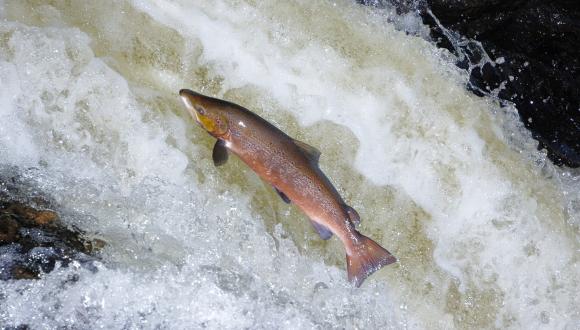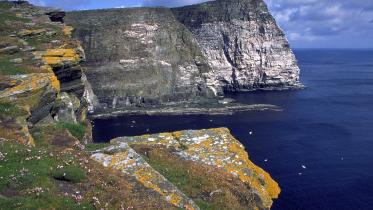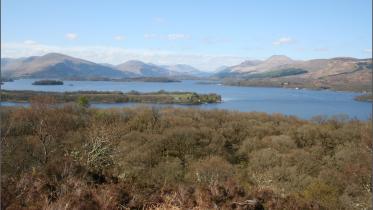Sparling
Elsewhere in the UK and Europe, the sparling – which once supported several Scottish fisheries – is known as the European smelt.
Sparling (Osmerus eperlanus) occur around the western coasts of Europe (including the Baltic Sea) and as far south as Spain. They are found in coastal waters and estuaries and migrate to large, clean rivers to spawn.
Today, sparling are found in Scotland only in the rivers Cree, Forth and Tay. In the past, populations of sparling were recorded in 15 Scottish rivers ranging from the Almond and Annan to the Fleet and Forth.
Spawning
Adult sparling use estuarine environments and spawn in rivers. As the fish rely on high spring tides from February to April to help move upstream, spawning activity is linked to the lunar cycle.
In the river, sparling spawn on gravel, cobbles, boulders and vegetation near the tidal limit. Spawning happens pretty quickly and, in some years, spawning events can be hard to detect.
To hatch successfully, the eggs require good quality, well-oxygenated water. After hatching, juvenile sparling move to estuaries to feed and grow. They will return to the river as adults to spawn.
Most adults die after spawning has taken place, though some survive to spawn again.
Threats to sparling
Sparling are:
- highly susceptible to deterioration in water quality – particularly siltation
- vulnerable to in-stream barriers to migration or increased river discharge (spates) – as they are poor swimmers
- relatively easy to catch in large quantities – because of their spawning behaviour
This species has been heavily exploited in the past, and over-exploitation has been blamed for the loss of some sparling populations.
Protection of sparling
Sparling are a conservation feature in two of Scotland’s Sites of Special Scientific Interest, giving them protection under the Wildlife and Countryside Act 1981 (as amended).
The sparling is also a UK Biodiversity Action Plan priority fish species.




